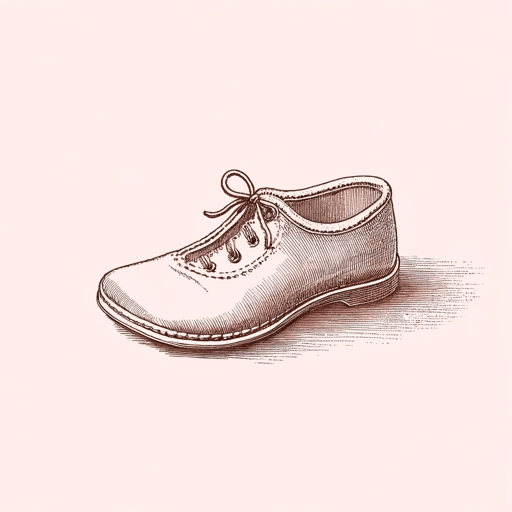48 pages • 1 hour read
Beverly ClearyRamona the Brave
Fiction | Novel | Middle Grade | Published in 1975A modern alternative to SparkNotes and CliffsNotes, SuperSummary offers high-quality Study Guides with detailed chapter summaries and analysis of major themes, characters, and more.
Summary and Study Guide
Overview
Ramona the Brave, published in 1975, is the third book in the Ramona series by Newberry Award-winner Beverly Cleary. The novel comes seven years after Ramona the Pest and depicts the journey into first grade through the eyes of a child, taking the reader into the problems and frustrations that come with growing up. Alan Tiegreen illustrated the novel, and his unique renderings of the Quimby family marked a shift from the earlier illustrations by Louis Darling.
Tiegreen’s artwork captures the frenetic energy and free-spiritedness of Ramona Quimby, with the novel’s cover featuring an iconic image of Ramona upside down on a swing with her scraggly hair flying in the wind. Tiegreen’s drawings also capture the essence of the 1970s, when family structures shifted and societal life became less rigid and formal. The illustrations feature characters wearing wide-legged jeans and ringer t-shirts, popular fashions of the era, and show Ramona’s parents looking tired and haggard, displaying a more realistic view of family life than previously seen in the 1960s.
Artist Tracy Dockray illustrated later editions of the novel, updating the images to reflect a modern sensibility. The beloved children’s classic has been translated into six languages, has received praise from many critics, including American book review magazine Kirkus Reviews, and has had over 97 published editions.
Plot Summary
During the summer before first grade, Ramona Quimby and her older sister Beatrice, known as Beezus, are enjoying the neighborhood park while their mother is on a secret errand when some boys from school begin teasing Beezus over her nickname, which was given to her by Ramona. They shout, “Jesus Beezus,” and Beezus feels humiliated. Ramona defends her sister, telling the boys that it is a sin to take the Lord’s name in vain, a lesson she learned at church. Thinking she was very brave to defend Beezus, Ramona runs home, anxious to tell her mother about the incident. When she relates the story to Mrs. Quimby, her mother laughs. Beezus exclaims that Ramona’s sermon was embarrassing, and she fears everyone in her grade will hear about it. Mrs. Quimby calms Beezus’s fears, and they discuss changing her nickname. In the end, Ramona and Beezus agree that she will go by Beatrice at school, but her family can continue to use her nickname at home. Ramona is happy she helped solve this problem, but inside she is disappointed that Beezus still sees her as an embarrassing little sister.
Mrs. Quimby goes out on another secret errand and returns to find the girls arguing. Ramona and Beezus share a room, which causes frequent conflicts between the sisters, especially since Ramona is messy. Mrs. Quimby reveals that her secret errands have been planning for her new job as a bookkeeper at the doctor’s office, and the family will use the extra income she earns to finally complete the home renovation they have long envisioned. The project will make space for an additional room that Beezus and Ramona will rotate every six months. Ramona has concerns about her mother’s new job, mainly about how it might affect her, but she is excited about the construction project, as it means the workers will cut a large hole in the side of her house. She cannot wait to tell her classmates about it during Show and Tell at school.
The house project begins later than Ramona expected, and she finds summer long and boring. She spends a lot of time with her best friend, Howie Kemp, who lives down the road. The two friends invent a game called Brick Factory that involves Howie hauling old bricks from his house to Ramona’s and then using rocks to smash the bricks to dust. The imaginative game keeps the friends occupied but leaves Ramona and everything she touches covered in red brick dust. When the workers finally arrive with all their tools and equipment, Howie and Ramona abandon their game to watch the workers dig up the foundation in preparation for the new addition.
Once the workers create a hole in the side of the house, Ramona and Howie spend the afternoon running through the house and jumping out of the hole. At night, the hole is covered with a plastic tarp, and Beezus and Ramona are slightly nervous about sleeping with the breach, but they decide to trade ghost stories, turning it into a fun game. When school begins, Ramona anxiously dresses for her first day of first grade. She often hears adults telling her to grow up, but she feels like it is taking a long time to do so. Ramona hopes first grade will make her feel like a grown-up, but as she enters the school, she feels small amid all the older students moving through the hallway. Plus, she misses her kindergarten teacher, Miss Binney, who was kind to Ramona and remembered she liked to be called Ramona Q.
After meeting her new teacher, Mrs. Griggs, and finding her desk, Ramona adds the Q to her nameplate with ears, whiskers, and a tail. When Mrs. Griggs announces Show and Tell, Ramona excitedly shares that some workmen chopped a hole in the side of her house. The entire class laughs, and when she looks to Howie for support, he offers no help. Later, Howie explains to Ramona that she was not telling the entire truth—that the workers just removed the siding and did not chop anything. Ramona is hurt by Howie’s lack of support and tells him she no longer wants to play Brick Factory with him. Howie is unaffected and says he will remove his bricks from her house later that day.
Ramona’s first day of school does not get off to a good start, and her problems with school continue to worsen. Ramona learns her sight words and math lessons quickly but is often bored in class. She longs to work with her hands and express her creativity, but Mrs. Griggs prioritizes orderliness and diligent seatwork. Worst of all, Ramona still has not been selected to lead the pledge, and she fears Mrs. Griggs does not like her. When Ramona finishes her work early and tries to help a struggling student, Davy, with his reading, Mrs. Griggs scolds her for not minding her own business.
Finally, craft time arrives, and Mrs. Griggs explains that the students will create a stuffed owl to decorate their desks for Parent’s Night. Ramona excitedly begins her project and decides to make her owl unique by giving it a sideways glancing expression. However, Ramona notices Susan, the girl with the springy curls that Ramona pulled in kindergarten, copying her design.
When Mrs. Griggs circulates the class, she praises Susan’s work, and Ramona is furious and worried that when the class sees her owl, they will think she copied Susan. Feeling she has no way out of the situation, Ramona crumples her owl into the trash can. When Parent’s Night arrives, Mrs. Griggs sees that Ramona does not have an owl. Holding back tears, Ramona lies, saying she does not like owls. She impulsively grabs Susan’s owl, crumples it into a ball, and bolts from the classroom, running straight home.
Mrs. Griggs explains what happened to Mr. and Mrs. Quimby while Ramona nervously waits at home with their babysitter who is Howie’s grandmother, Mrs. Kemp. Ramona leaves her mother a note to come see her when they get home. Later, her parents explain that they understand why she became angry with Susan, but she cannot destroy other students’ work, and Mrs. Griggs expects Ramona to apologize. The following day Ramona reluctantly trudges to school, and Mrs. Griggs makes her apologize to Susan in front of the entire class. Ramona is humiliated. From that moment, she decides that Mrs. Griggs does not like her, and she does not like going to school.
Meanwhile, the new room is finished, and Ramona moves into her very own space for the first time. Ramona quickly discovers the room is lonely without Beezus, and it is frightening to be alone in the dark. She struggles to sleep peacefully but refuses to tell anyone, lest they think she is not growing up like they keep telling her to.
Ramona does not want to return to school. One day she meets Mr. Cardoza, Beezus’s beloved sixth-grade teacher, in the hallway, and he calls her by her name, careful to include the Q. Mr. Cardoza’s thoughtful kindness gives her the strength to return to Mrs. Griggs’s class. She still finds the lessons boring and unstimulating but tries her best to behave and follow the rules. It does not take long for Ramona’s spirits to be dashed again when she receives her progress report. Convinced that the report will disappoint her parents, Ramona stashes it in a drawer, but when Beezus presents her own report to her parents after dinner, Mr. Quimby demands Ramona produce hers.
Mrs. Griggs reports that Ramona is excelling in her academics but struggles with self-control. Ramona feels the report is an unjust presentation of her efforts, and she collapses on the couch in tears, feeling like the world is against her. Mrs. Quimby tries to comfort her daughter, but Ramona claims her parents love Beezus more than her and that she will never measure up to anyone’s standards. Mrs. Quimby reassures Ramona that she and Mr. Quimby love both their daughters equally. Beezus also assuages Ramona’s lament by explaining how she was not a perfect child and that having also experienced Mrs. Griggs as a teacher, she understands her high standards for classroom behavior and how Ramona might struggle. Ramona goes to bed and decides to give up her fear of the dark. She is too exhausted with other problems to harbor a fear of something she cannot see.
The next day, Ramona sets off to school, feeling rested and full of renewed hope, when she runs into a snarling dog. Ramona smartly defends herself by tossing her lunchbox and shoe at the dog, buying her enough time to run safely to school. She spends the morning concealing her shoeless foot from Mrs. Griggs, but when her teacher finally calls on her to lead the pledge, Ramona cannot hide her shoeless, socked foot. When Mrs. Griggs asks her what happened, Ramona tells the harrowing tale to the astonishment of her classmates. No one laughs at her, and even Mrs. Griggs applauds Ramona’s bravery. Mrs. Griggs offers Ramona a used pair of boots to wear, but Ramona has a better idea. She decides to harness her creativity and fashion herself a slipper made from paper and staples. Certain Mrs. Griggs will not approve, Ramona sneaks upstairs to Mr. Cardoza’s room to borrow his stapler and completes her homemade shoe.
When she returns to class, Mrs. Griggs is impressed with her effort and agrees to let Ramona continue working on her slipper instead of making a paper Thanksgiving turkey. The mean dog’s owner returns Ramona’s shoe to the school office, relieving her of the fear of her mother’s anger over a lost shoe, and Ramona can bask in her bravery once again as she recounts the dog story to the school secretary. Ramona returns to class feeling confident that she is the bravest girl in first grade.
The source material for this guide was taken from the February 2013 Epub edition from Harper Collins.
Related Titles
By Beverly Cleary

Beezus and Ramona
Beverly Cleary
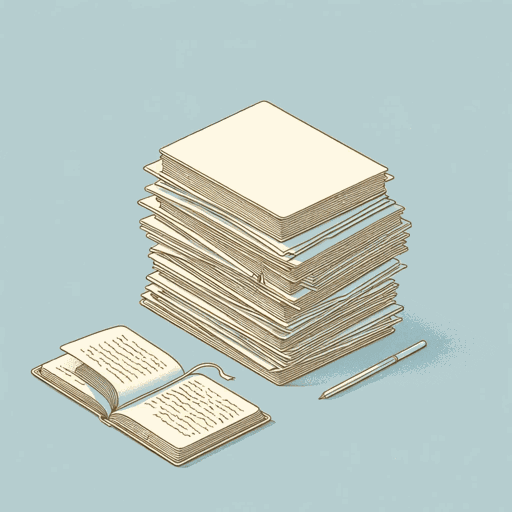
Dear Mr. Henshaw
Beverly Cleary

Henry and the Paper Route
Beverly Cleary

Henry Huggins
Beverly Cleary, Illustr. Tracy Dockray
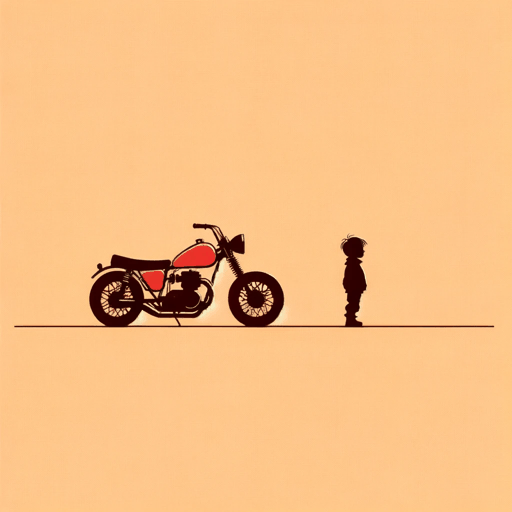
Ralph S. Mouse
Beverly Cleary

Ramona
Beverly Cleary

Ramona and Her Mother
Beverly Cleary
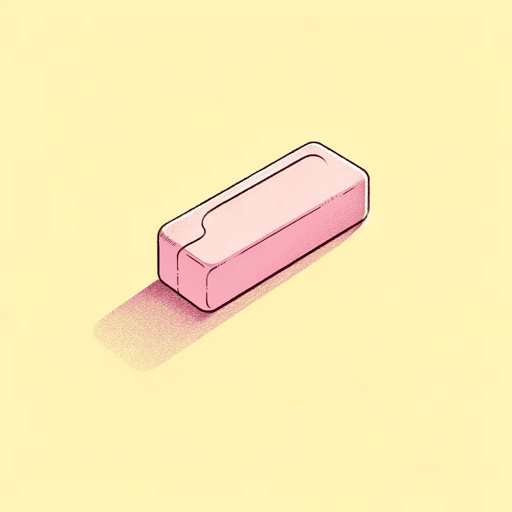
Ramona Quimby Age 8
Beverly Cleary

Ramona the Pest
Beverly Cleary
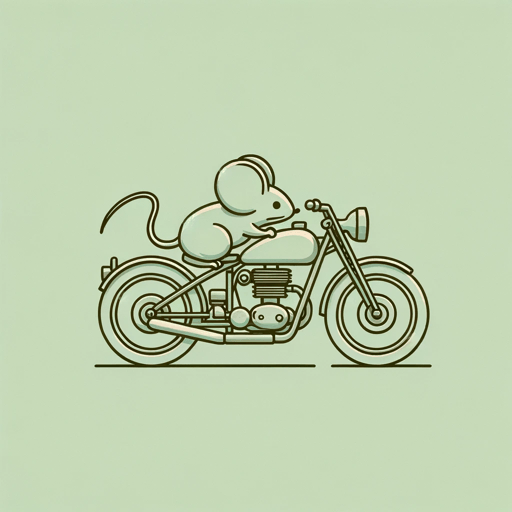
Runaway Ralph
Beverly Cleary
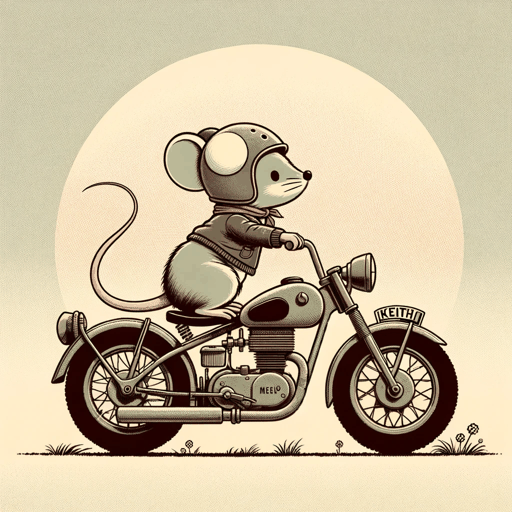
The Mouse and the Motorcycle
Beverly Cleary
